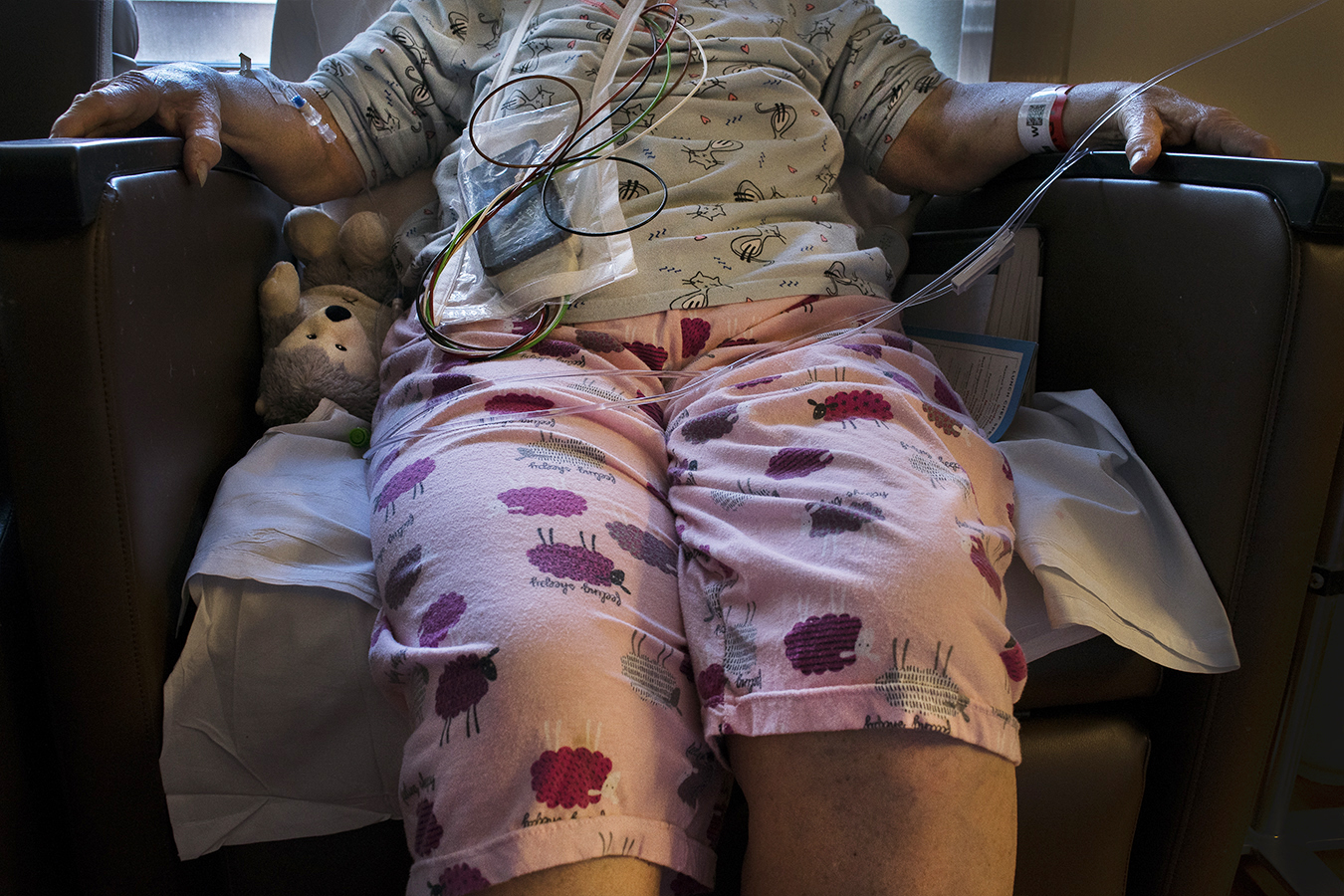
Photography and Text by Karen Liao, Copyright 2018
.
Book Review
.
Susan Sontag: On Photography
.
A Fresh Perspective on Photography
.
Susan Sontag’s On Photography is a highly complex, brilliant look at the development, meaning, and impact of photography on the world. The book is split into six chapters discussing various aspects of photography, and I wanted to tease out my thought processes and lessons learned regarding the relationship between morals, photography, and its effects. As someone who is currently approaching photography with a more documentarian mindset, I was shocked, but understanding of what Sontag brings to the surface about this type of photography.
Sontag starts out by describing photography as not only a “defense against anxiety”, but also “a tool of power”. However, what I’ve learned is that this tool of power does not work by purely illustrating; there are many more layers to its working. Sontag argues that photographs never purely reflect reality. Photographs will always be an interpretation of the world, because photographers impose standards on subjects of their photos. In addition, Sontag states that surrealism is pervasive and actually “the heart of photograph” because photography creates a different, designed reality that can be more dramatic than reality. She uses the examples of photographers such as Dorothea Lange, Walker Evans, and Ben Shahn being members of the Farm Security Administration photographic project in the late 1930s, and how they would take many pictures of the impoverished, but choose certain pictures that would support their own perspectives of what these subjects’ narratives should be.
In addition, we shouldn’t say that seeing a photograph will help us to understand the world more—we are simply accepting the image of whatever the camera records and having this picture fill a blank in our perception of the past and present. What’s created for us is an “exotic reality” that ranges from the bourgeois life to the poor. Photography, operating with its surrealistic core, can only collect information and bring an illusion of understanding. The camera simply makes the audience “a tourist in other people’s reality”. This ties in with the concept that Sontag brings up in later chapters about how the tendency to focus on aesthetics in photography, even in mediums that are supposed to convey distress, can neutralize the effect of the photo. She makes the harsh statement that as much as these photos create sympathy, they also “miniaturize experience, transform history into spectacle”.
All this criticism of the morals behind photography has made an impact on my thoughts as a photographer. My previous work in the class has focused on telling stories or bringing to light the issues that vulnerable populations deal with (mental health, chronic illness). For example, my chosen picture is a photograph of a dear, personal patient of mine in the hospital. As providers in healthcare, we are constantly reminded of our responsibility to be patient advocates, and I believed that this picture was powerful in the way that it photographed a real patient struggling with chronic illnesses. I wanted others to see her perspective and reality—to fight for people like her. However, Sontag’s passages have led me to understand that there are factors such as my interpretation and aestheticism, as well as the limited extent of photography to bring understanding, that inhibit me from spreading my complete message to my intended audience. Photos do not bring reality or full understanding. It was a bit disappointing at first, but I understand and agree with Sontag’s analyses. However, in the end, I have decided that it is still better to “fill that mental picture” with the “exotic reality” from photographs such as these than to never at all have exposed my audience to the pictures. There’s a risk-benefit evaluation in presenting these photos, but I believe that as long as I acknowledge the limitations of photography, the outcome of spreading this interpreted reality to others will still be better than nothing.
Finally, I wanted to end on a more positive perspective on photography. Sontag describes how the possession of a camera can evoke a feeling similar to lust. The possibilities of photography are infinite, and photographers are stuck in a cycle where the camera is both “the antidote and the disease”. Access to photography has given us awareness of the transience of everything, as well as the ability to capture all the fleeting moments. I don’t know how large of a part photography will play in my life as I advance in my career, but tasting the antidote has started the cycle for me.
.
About The Author: Karen Liao is a Junior enrolled in the School of Nursing, University of Pennsylvania, Class of 2019. To access additional articles by Karen Liao, click here:https://tonywardstudio.com/blog/karen-liao-homage-textures/